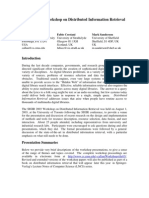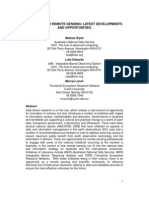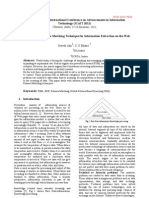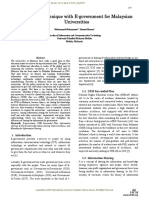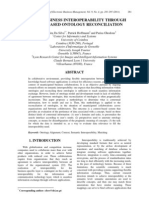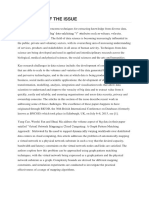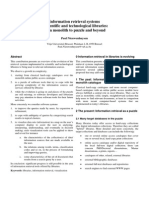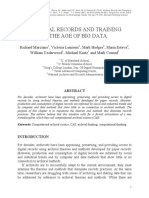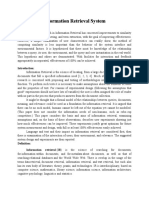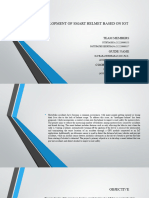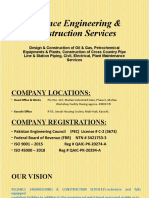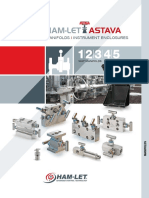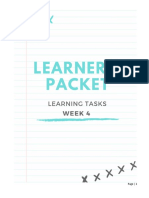0% found this document useful (0 votes)
28 views13 pages2709 - Data and Knowledge Integration
Chapter 12 discusses the challenges of data integration in e-Government, highlighting the lack of standardization across various government data formats and systems. It presents three main approaches to tackle this issue: direct access using information retrieval, metadata reconciliation, and data mapping, with examples provided for the latter two. The chapter emphasizes the importance of proper organization and maintenance of data to enable better decision-making within government agencies.
Uploaded by
Shahanoor AlamCopyright
© © All Rights Reserved
We take content rights seriously. If you suspect this is your content, claim it here.
Available Formats
Download as PDF, TXT or read online on Scribd
0% found this document useful (0 votes)
28 views13 pages2709 - Data and Knowledge Integration
Chapter 12 discusses the challenges of data integration in e-Government, highlighting the lack of standardization across various government data formats and systems. It presents three main approaches to tackle this issue: direct access using information retrieval, metadata reconciliation, and data mapping, with examples provided for the latter two. The chapter emphasizes the importance of proper organization and maintenance of data to enable better decision-making within government agencies.
Uploaded by
Shahanoor AlamCopyright
© © All Rights Reserved
We take content rights seriously. If you suspect this is your content, claim it here.
Available Formats
Download as PDF, TXT or read online on Scribd
/ 13






